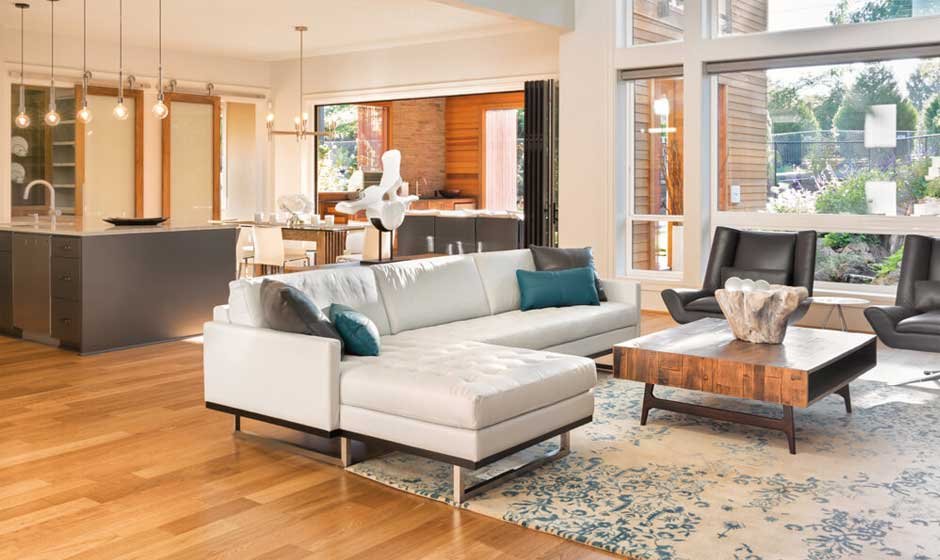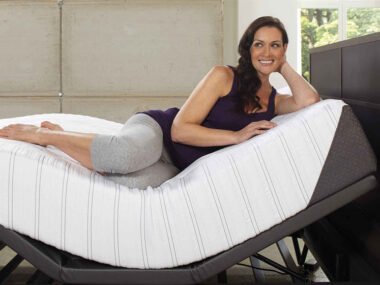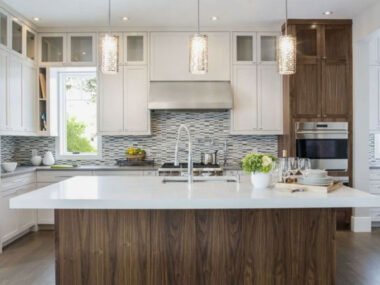The Power of a Well-Placed Sofa
Modern open-concept interiors embrace fluidity, allowing light and movement to flow unimpeded. However, without intentional design, these expansive layouts can feel disjointed or chaotic. A thoughtfully positioned sofa transforms an undefined area into a structured yet inviting environment, subtly marking boundaries without erecting walls.
Creating Distinct Zones with a Sofa
A spacious interior benefits from purposeful spatial organization. One of the most effective ways to introduce a sense of order involves using seating arrangements strategically. Opting for blue sofas from homedetail.co.uk not only anchors the space visually but also introduces a dynamic focal point, seamlessly integrating function with aesthetics. Positioning the piece correctly influences traffic flow while ensuring the room retains an open and airy ambiance.
Positioning for Maximum Impact
Centering Within the Room
Placing a sofa at the heart of an expansive layout establishes an organic gathering spot. Rather than relying on walls or partitions, this setup naturally encourages people to congregate while maintaining a sense of openness.
Acting as a Subtle Barrier
In the absence of physical dividers, a couch serves as an understated separator. By aligning it perpendicular to an adjacent seating arrangement or dining space, the living area gains a distinct identity. This method enhances organization without making the space feel confined.
Back-to-Back Arrangements
For rooms with multiple functional areas, positioning two sofas with their backs facing each other delineates separate zones effortlessly. This technique fosters an intuitive flow while preserving the interconnected feel characteristic of open designs.
Complementary Elements to Reinforce Division
Rugs as Visual Guides
Layering a substantial rug beneath a seating area provides additional definition. The contrast between flooring textures helps emphasize the boundaries set by the furniture, reinforcing the room’s structure.
Console Tables for Practicality
Positioning a slim console table along the back of a sofa not only enhances visual separation but also introduces storage or display opportunities. This practical addition enriches the overall aesthetic while maintaining accessibility.
Lighting to Emphasize Function
Strategic illumination further differentiates zones within a shared space. Pendant lights or floor lamps placed adjacent to a seating arrangement subtly highlight its designated purpose without overpowering the surrounding areas.
Adapting to Various Layouts
Loft-Style Open Concepts
In industrial-inspired settings, sofas play a crucial role in softening vast, uninterrupted expanses. Choosing plush, inviting upholstery contrasts against raw architectural elements, making the area feel welcoming.
Compact Spaces with Open Flow
Even in smaller residences, an open floor plan benefits from thoughtful furniture placement. A well-chosen sofa acts as an anchor, providing structure without overwhelming limited square footage.
Multi-Purpose Living Areas
For homes where a single space accommodates diverse activities, the right seating choice enhances versatility. Whether separating a workspace from a relaxation area or distinguishing a play section, a sofa helps maintain order without rigidity.
Achieving Balance Between Definition and Openness
A harmonious open-concept layout requires a delicate equilibrium between separation and continuity. By selecting the right furniture and positioning it strategically, one creates an environment that feels both structured and fluid. Thoughtful arrangements ensure that each section retains a clear purpose while still contributing to an overall cohesive design.
Final Thoughts
A sofa, more than a mere seating option, serves as a powerful design tool in expansive interiors. Whether subtly marking transitions or standing as a striking focal point, its role extends beyond comfort. By integrating this versatile piece into an open floor plan, homeowners achieve a well-balanced, inviting, and structured space.










